Momentum Electric was founded in 2012 by product design graduate, Ying-Tsao Tan. Since then Ying has concentrated on ‘moving everybody’ in the urban market, with the Upstart roadster-style electric bike built for speed and the Model T catering for practical comfort.
The last few years has seen Ying working on the recently unveiled VIT-S. With the e-bike’s name making a play on the word vitesse, the concept behind this latest model is speed provided by an efficient motor, while keeping the bike’s weight as low as possible.
We spoke to Ying-Tsao Tan to find out more about the development process behind the latest pedelec to be added the range.
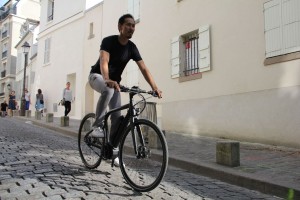
Much has been made of the role of the Nidec motor on board your latest model. Who are Nidec Copal?
“The Nidec motor is the result of a joint venture between Itochu, the largest company in Japan with a market capitalisation US$22 billion, and Nidec Copal, the world’s number 1 precision motor manufacturer, wanting to enter the European and US mid-drive motor market. Nidec Copal has a long history developing automotive motor control technology and silent geared motors.”
How did you first become involved with Nidec Copal and what credentials convinced you to move away from motor manufacturers already established in the e-bike world?
“Back in 2013, we could sense that the market was changing and we needed to develop a powerful mid-motor model to complete our product range. We have always believed in lightweight electric bikes because our design research showed us that weight is always a main complaint about electric bikes. We came across the Nidec motor while it was still early in its development at Eurobike 2013. Their philosophy of a lightweight, powerful and efficient motor matched what we wanted in a mid-motor and so we made contact.
From the start, Itochu and Nidec Copal took us seriously and sincerely. Their egalitarian attitude towards us despite our small size inspired us to put our best effort and invest a lot of resources into the development of this project. So we set about making this ‘the ultimate urban machine,’ where we could push the boundaries a little.
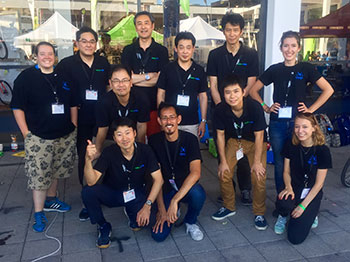
“The resulting high reliability of this durable, high-powered and silent motor comes from Nidec Copal’s quality control system implemented from that know-how.”
How are you able to market the resulting VIT-S as the most powerful legal electric bike?
“The Nidec motor has a headline maximum power output of 700W and 95Nm which makes it the most powerful pedelec motor on the market. Just to explain, there is sometimes some confusion for the average consumer between maximum continuous rated power and maximum/peak power. Continuous rated power is a measurement done within a specified temperature rise and time following a set standard. Maximum/peak power is the highest measurement at an instantaneous point, a peak corresponding to a steep slope or pulling a heavy load. Simply put, the rated wattage of the motor does not equate to how powerful the motor is. The Nidec motor, like any other European approved motor, has a maximum continuous rated power of 250W but peaks at a much higher 700W when climbing steep slopes or pulling heavy loads. It has a significantly higher peak power and torque compared to other competitors. The motor has been thoroughly tested for both EU 250W 25km/h and US 350W 20mph limit requirements.
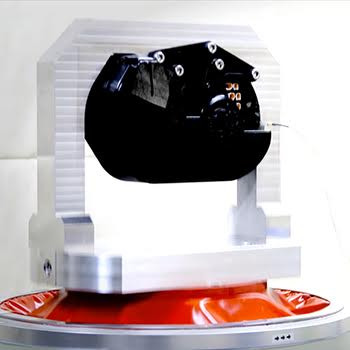
With the global growth of e-bike sales, 2016 has seen the entry of new players to the motor market, how is the Nidec motor different to the competition?
The motor uses a 48V system, rather than 36V, and it has several interesting innovations. Firstly, there is a fourth sensor that measures the angle of the bike. This improves the motor control when riding and moving off on a slope. Secondly, it freewheels at the bottom bracket of the motor. This makes the motor more efficient and lighter to ride without assistance compared to other mid-motors. Thirdly, the motor is extremely slim and has the smallest Q-factor among competing mid-motors. This makes it more comfortable to ride as your feet are closer together when pedalling. Lastly, thanks to Nidec Copal’s expertise in automotive control technology, the motor is highly efficient. This equates to more power, less weight and a better range. In Nidec Copal’s benchmark test performed against a main European mid-motor manufacturer, the maximum range was almost the same but the average travelling speed was 25% faster.
Why did the VIT-S take four years to develop?
We started the project near the beginning of the development of the motor, so it meant that we had to make changes to the bike as the motor evolved. The motor went through three hardware versions and quite a few software changes. The bike also went through three versions of prototypes as well.
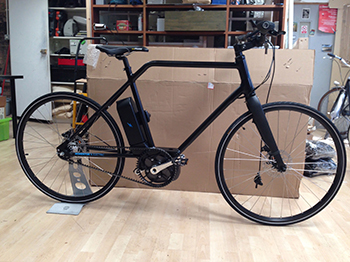
We have very supportive manufacturing partners and suppliers that have been instrumental in making this project work. The upside though is since we have been cooperating from almost the beginning, we have developed a good working relationship and have been able to maximise the potential of the motor. We showcased the development of our project every year at the main exhibitions we attended annually from 2014 to 2016.
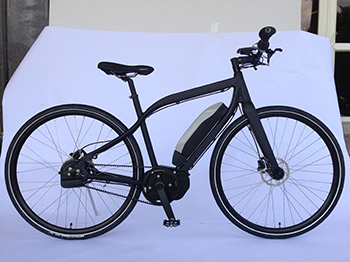
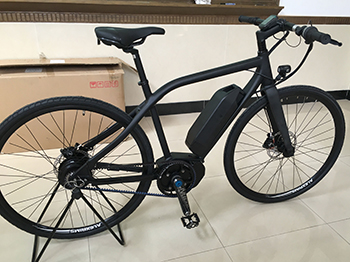
Can you talk us through the technology and design process for the rest of the bike?
To make this ultimate urban electric bike, we focused on making the bike lightweight and desirable in the design, incorporating some of the latest bicycle technological innovations.
The frame was designed in collaboration with multiple award-winning Milan-based industrial design consultancy, Meneghello Paolelli Associati, with speed as the theme of the brief. They went all out to create this sleek design for the frame which has to be hydroformed and smooth-welded in order to remain true to its original design intent.
The front fork, handlebar and crank are made from the lightweight carbon fibre material. The shock-absorbing handlebar is from the French innovation company, Baramind. It is an amazing piece of technology as it replaces the heavy and inefficient suspension forks that are less suitable for the road and is much lighter and more efficient at reducing fatigue from road vibrations. It flexes downwards with 20mm of travel but is stiff in the upward direction maintaining efficiency and bike control.
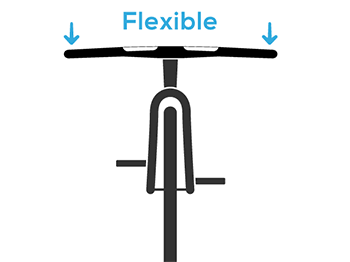
Suspension forks wastes energy when you pedal hard, adds a fair bit of weight and removes the control and sensation of the road, something you definitely do not want when you cycle above the 25km/h limit for powered assistance which you will do with this bike!
The gear ratio is a wide 330% and shifts seamlessly with the latest NuVinci N330 continuously variable transmission. The drive is a clean and lightweight Gates Carbon CDX belt drive that can handle the power from this motor and never needs adjusting. The brake for this fast and powerful electric bike is the award-winning Magura MT5 hydraulic disc brake.
Last but not least, to complete the sleek look of the bike, the rear lights are beautifully integrated into the seatpost and turn on automatically. All of this technology makes this the ultimate urban machine, something you would always look forward to riding!
The relaunched Kickstarter VIT-S campaign can be found here.

